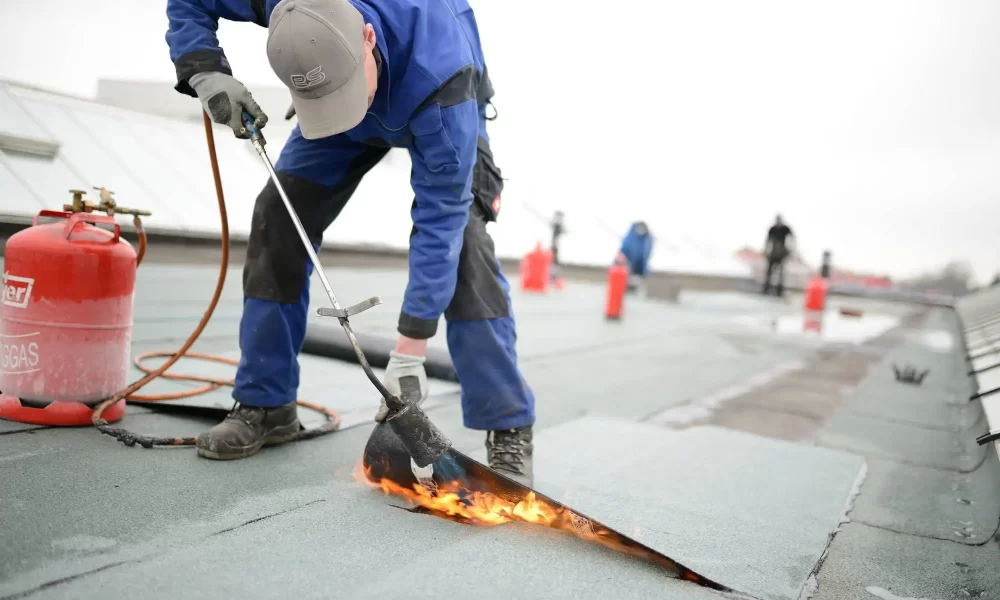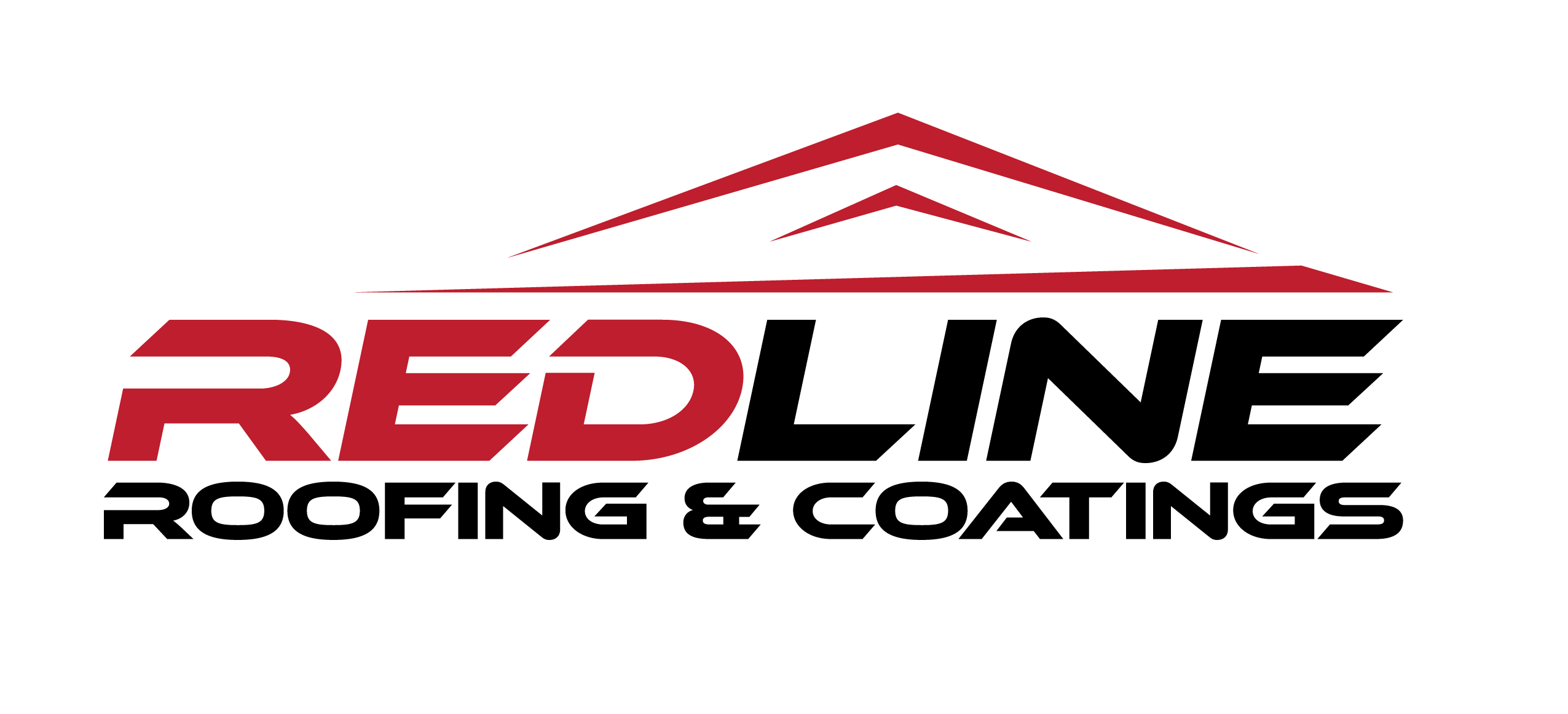
Introduction
The commercial roofing industry continues to evolve, driven by technological advancements, sustainability efforts, and cost-effective solutions. In 2025, businesses are seeking innovative roofing options that enhance durability, energy efficiency, and environmental responsibility. This article explores the top commercial roofing trends shaping the industry this year.
1. Sustainable and Eco-Friendly Roofing Materials
As environmental awareness grows, businesses are investing in sustainable roofing materials that reduce their carbon footprint. Key trends include:
- Cool Roofs: Reflective surfaces that minimize heat absorption and lower energy costs.
- Recycled Roofing Materials: Roofs made from repurposed rubber, plastic, and metal.
- Green Roofs: Rooftop gardens that improve insulation and air quality.
2. Advanced Roofing Technology
Smart technology is revolutionizing commercial roofing by improving maintenance and efficiency. Emerging trends include:
- Drones for Roof Inspections: Faster, safer, and more accurate assessments of roof conditions.
- AI-Powered Predictive Maintenance: Artificial intelligence to detect potential issues before they become major problems.
- Self-Healing Roof Membranes: Materials designed to seal minor cracks and leaks automatically.
3. Energy-Efficient Roofing Solutions
Energy efficiency remains a priority for businesses looking to cut costs and meet sustainability goals. Popular solutions include:
- Solar-Integrated Roofing: Solar panels seamlessly integrated into roofing systems.
- Cool Roof Coatings: Reflective coatings that reduce cooling costs in hot climates.
- Insulated Roof Panels: Improved thermal resistance for better energy conservation.
4. Resilient and Weather-Resistant Roofing
With extreme weather becoming more frequent, commercial buildings require stronger roofing systems. Key advancements include:
- Impact-Resistant Materials: Roofs designed to withstand hail, debris, and strong winds.
- Flood-Resistant Roofing Designs: Drainage systems that prevent water accumulation.
- Fireproof Roofing Solutions: Materials that enhance fire resistance in high-risk areas.
5. Modular and Prefabricated Roofing Systems
Modular and prefabricated roofing solutions are gaining popularity for their efficiency and reduced labor costs. Benefits include:
- Faster Installation: Pre-assembled panels speed up construction timelines.
- Lower Labor Costs: Fewer on-site workers required.
- Consistent Quality: Factory-controlled production ensures high standards.
6. Extended Roof Lifespan and Maintenance Strategies
Rather than replacing roofs frequently, businesses are focusing on extending their lifespan through:
- Reflective Coatings: Protection against UV damage and weathering.
- Proactive Maintenance Plans: Regular inspections and minor repairs to prevent major issues.
- Silicone and Acrylic Roof Coatings: Solutions that extend roof longevity and improve waterproofing.
7. Adoption of Lightweight Roofing Materials
Lightweight materials are becoming a preferred choice for reducing structural load while maintaining durability. Trending materials include:
- Single-Ply Membranes (TPO & PVC): Flexible and lightweight roofing options.
- Metal Roofing Innovations: New alloys that offer strength with reduced weight.
- Foam Roofing Systems: Spray polyurethane foam (SPF) for insulation and leak prevention.
Conclusion
The commercial roofing industry in 2025 is defined by sustainability, technology, and efficiency. As businesses prioritize cost-effective and eco-friendly solutions, trends like smart roofing technology, resilient materials, and solar-integrated systems will continue to shape the market. Investing in these advancements ensures long-term durability, energy savings, and environmental benefits for commercial properties.

